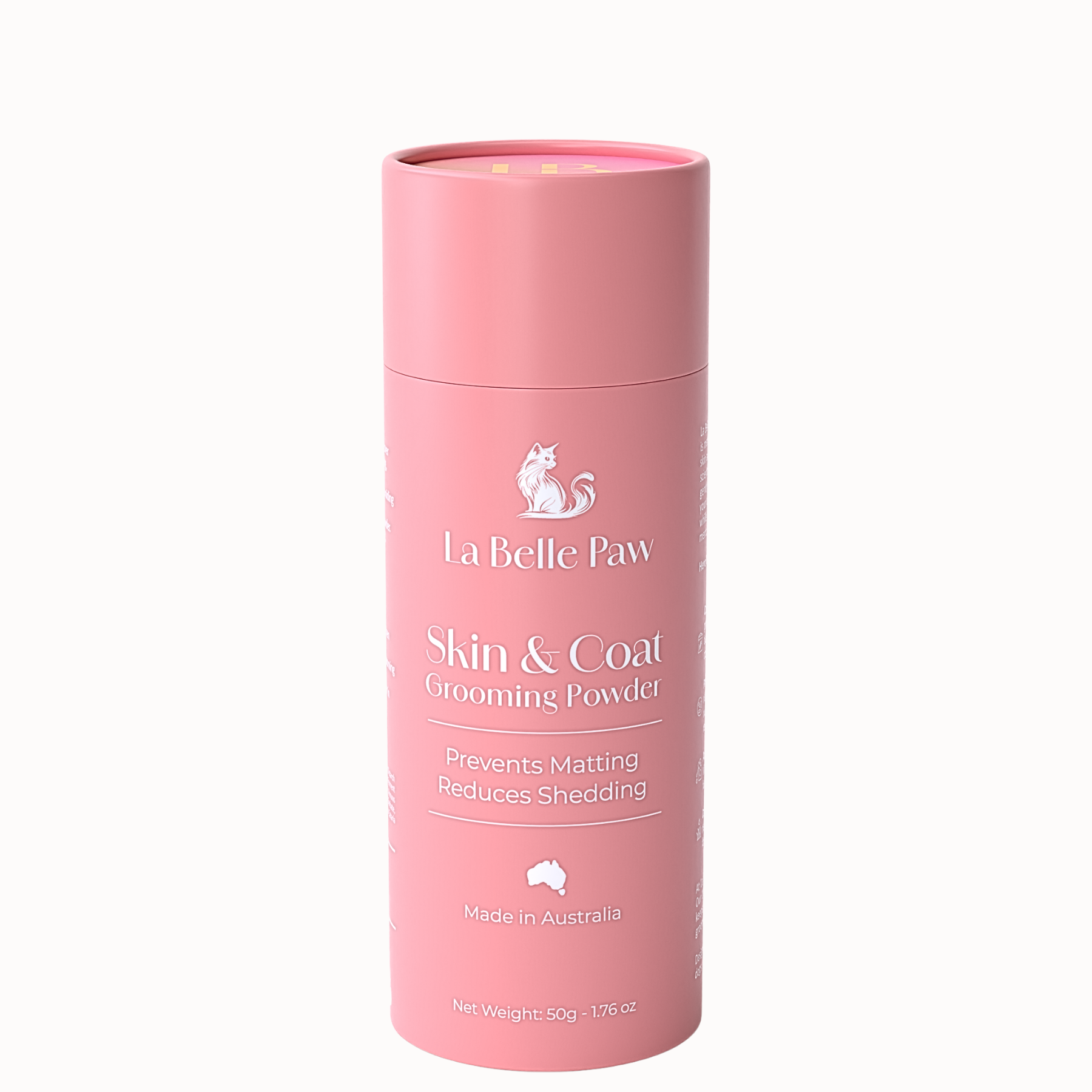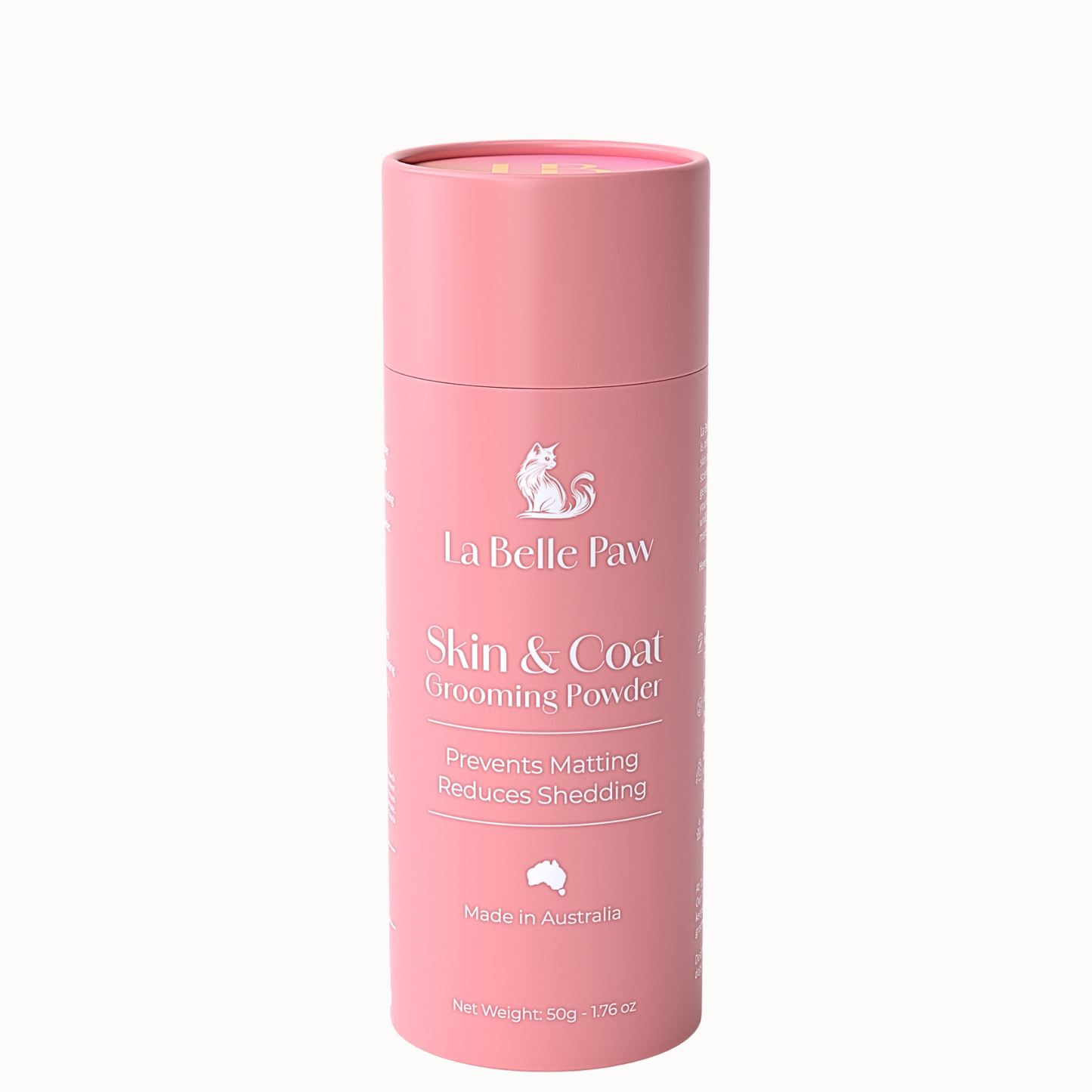
The Ultimate Guide to Cat Nail Trimming
Share
Trimming your cat's nails is an essential part of maintaining their overall health and well-being. However, many cat owners feel nervous about this task, fearing they might hurt their feline friend. This guide will walk you through the process of safely and effectively trimming your cat's nails, transforming this potentially stressful task into a bonding experience for both of you.
Why Trim Your Cat's Nails?
Regular nail trimming is crucial for several reasons:
- Prevents Overgrown Nails: Overgrown nails can curl into the paw pads, causing pain and infection.
- Reduces Damage: Trimming your cat’s nails can help minimize damage to furniture, carpets, and even your skin during playtime.
- Enhances Comfort: Cats with shorter nails are more comfortable, especially when walking on hard surfaces.
When to Trim Your Cat's Nails
The frequency of nail trimming depends on your cat’s lifestyle:
- Indoor Cats: Typically need nail trimming every 2-4 weeks.
- Outdoor Cats: May require less frequent trimming as they naturally wear down their nails while climbing and scratching outdoors.
Tools You Will Need
Before you start, gather the following tools:
- Cat Nail Clippers: These are specially designed to cut through a cat’s thick nails without splitting them.
- Styptic Powder: In case of any accidental nicks, styptic powder helps stop bleeding quickly.
- Treats: Rewarding your cat during and after the process will help them associate nail trimming with positive experiences.
Step-by-Step Guide to Trimming Your Cat's Nails
- Get Your Cat Comfortable: Begin by gently massaging your cat’s paws. This helps them get used to having their paws handled, reducing stress during the actual trimming.
- Expose the Claws: Press gently on the top of the paw with your thumb while pressing the pad with your index finger. This will extend the claws, making them easier to trim.
- Identify the Quick: The quick is the pink part of the nail that contains nerves and blood vessels. Avoid cutting into the quick as it can cause pain and bleeding.
- Trim the Nail: Using your cat nail clippers, make a quick, clean cut just above the quick. If your cat is new to nail trimming, you may want to trim only one or two nails at a time, rewarding them with a treat afterward.
- Repeat on All Paws: Continue this process for each nail. If your cat becomes agitated, take a break and resume later.
Common Mistakes to Avoid
- Trimming Too Much: Always trim a small amount at a time to avoid cutting into the quick.
- Skipping Trims: Regular trims are essential; skipping them can lead to overgrown nails and more difficult grooming sessions in the future.
- Using Human Nail Clippers: Always use clippers designed for cats to ensure a clean, safe cut.
What to Do If You Cut the Quick
If you accidentally cut the quick, remain calm. Apply styptic powder to the nail to stop the bleeding and give your cat a break before resuming.
When to Seek Professional Help
If your cat strongly resists nail trimming or if you're unsure about your technique, it may be worth seeking help from a veterinarian or a professional groomer. They can trim your cat’s nails safely and provide you with additional tips for at-home care.
Conclusion
Trimming your cat’s nails doesn’t have to be a daunting task. With the right tools, technique, and a little patience, you can keep your cat’s claws at a healthy length while strengthening your bond. Remember, regular grooming is key to maintaining your cat’s health and happiness.





